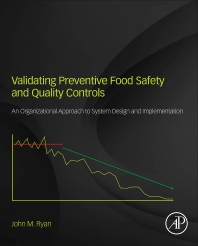Washington Watch: Producers and Processors Winning on Trade Deals

Jerry Kozak, CEO of the National Milk Producers Federation is, on balance, satisfied with the newly-created U.S.-Australia Free Trade Agreement, saying it preserves most of the U.S. dairy tariff structure.
Prior to the agreement, milk producers were fearful that Australian negotiators would hold out for an agreement that would flood the U.S. market in Australian milk. While acknowledging the agreement does allow Australian dairy producers additional access to U.S. markets, Kozak said it could have been a lot worse.
"We did achieve an important goal, which was no reduction in U.S. high-tier, above-quota tariffs," he said.
According to a fact sheet prepared by the U.S. Trade Representative's office, there will be no change in the U.S. above-quota tariff on those dairy products subject to quotas, such as butter, cheese and skim milk powder.
"The outcome of this agreement, as best as we can determine right now, is neither great nor awful, but somewhere in between," Kozak said.
Meanwhile, U.S. trade negotiators have released a draft of the U.S.-Central American Free Trade Agreement, which will open up trade between the U.S., El Salvador, Guatemala, Honduras, Nicaragua and Costa Rica. If the pact is ratified by all participating nations, it will open the U.S. market to move Latin American sugar. The International Dairy Foods Association, which represents processors, says that could be a significant benefit.
"Under these tentative terms, IDFA members that use sugar as an ingredient could substantially benefit from the U.S. domestic market's increased access to sugar," said Clay Hough, IDFA senior vice president and general counsel.
As for dairy, the agreement allows imported products within the pact's set quota to be duty-free. For dairy imports above the quota level, tariffs will be phased-out over the course of 20 years, which includes a 10-year grace period.
Both agreements are subject to ratification by Congress.
Looking for a reprint of this article?
From high-res PDFs to custom plaques, order your copy today!





